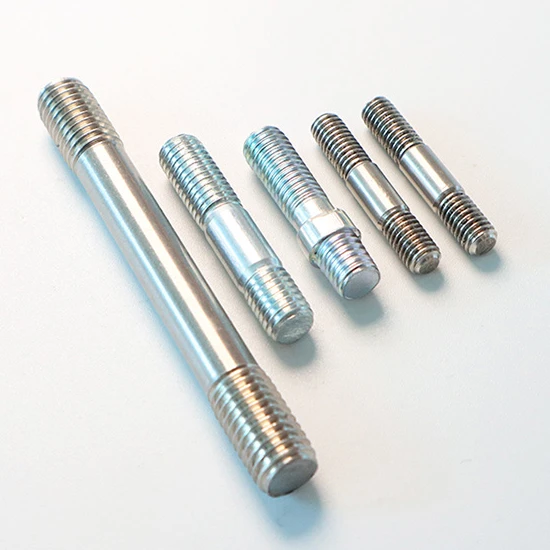Stud bolts are essential components used in various industrial applications, known for their strength and reliability. The M16 stud bolt is a common size that features a diameter of 16 millimeters and is designed for high-stress environments.
Key Features of M16 Stud Bolts
- Design and Structure: M16 stud bolts are characterized by their double-ended design, allowing for fastening on both ends. This feature makes them ideal for securing flanged connections and heavy machinery.
- Material Composition: Typically made from high-strength steel, M16 stud bolts may also be found in stainless steel or other corrosion-resistant materials, making them suitable for outdoor and marine environments.
- Standard Specifications: M16 stud bolts often comply with international standards, ensuring they meet specific strength and performance criteria. Common standards include ASTM and DIN specifications, which govern dimensions, material properties, and testing methods.

- Applications: These bolts are widely used in construction, automotive, and manufacturing industries. They are often employed in securing structural components, such as beams and columns, as well as in machinery assemblies.
- Installation and Maintenance: Proper installation of M16 stud bolts requires careful torque application to ensure a secure fit without damaging the materials being fastened. Regular inspections and maintenance are crucial to detect any wear or corrosion over time.
- Advantages: The use of M16 stud bolts provides several benefits, including high tensile strength, resistance to shear forces, and the ability to withstand dynamic loads. Their design also allows for easier disassembly when maintenance is required.
Conclusion
M16 stud bolts play a vital role in ensuring the stability and safety of various structures and machinery. Understanding their features, applications, and maintenance requirements can help in making informed choices for any project. Whether in construction, automotive, or manufacturing, these bolts are indispensable for reliable connections.